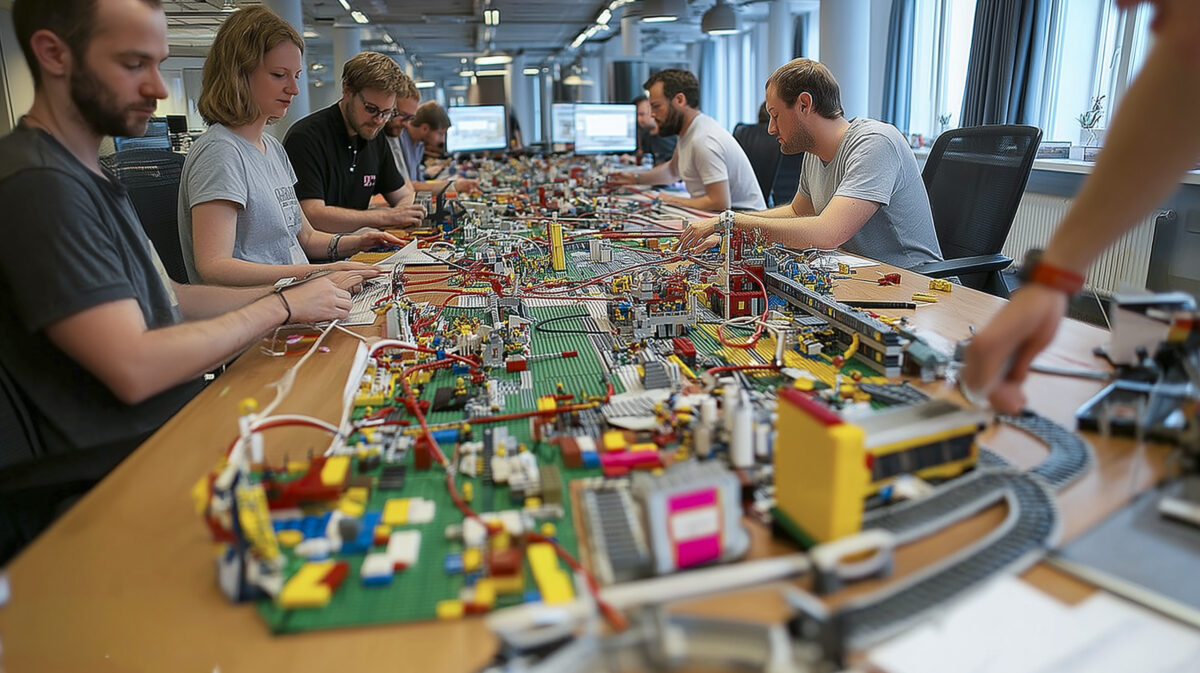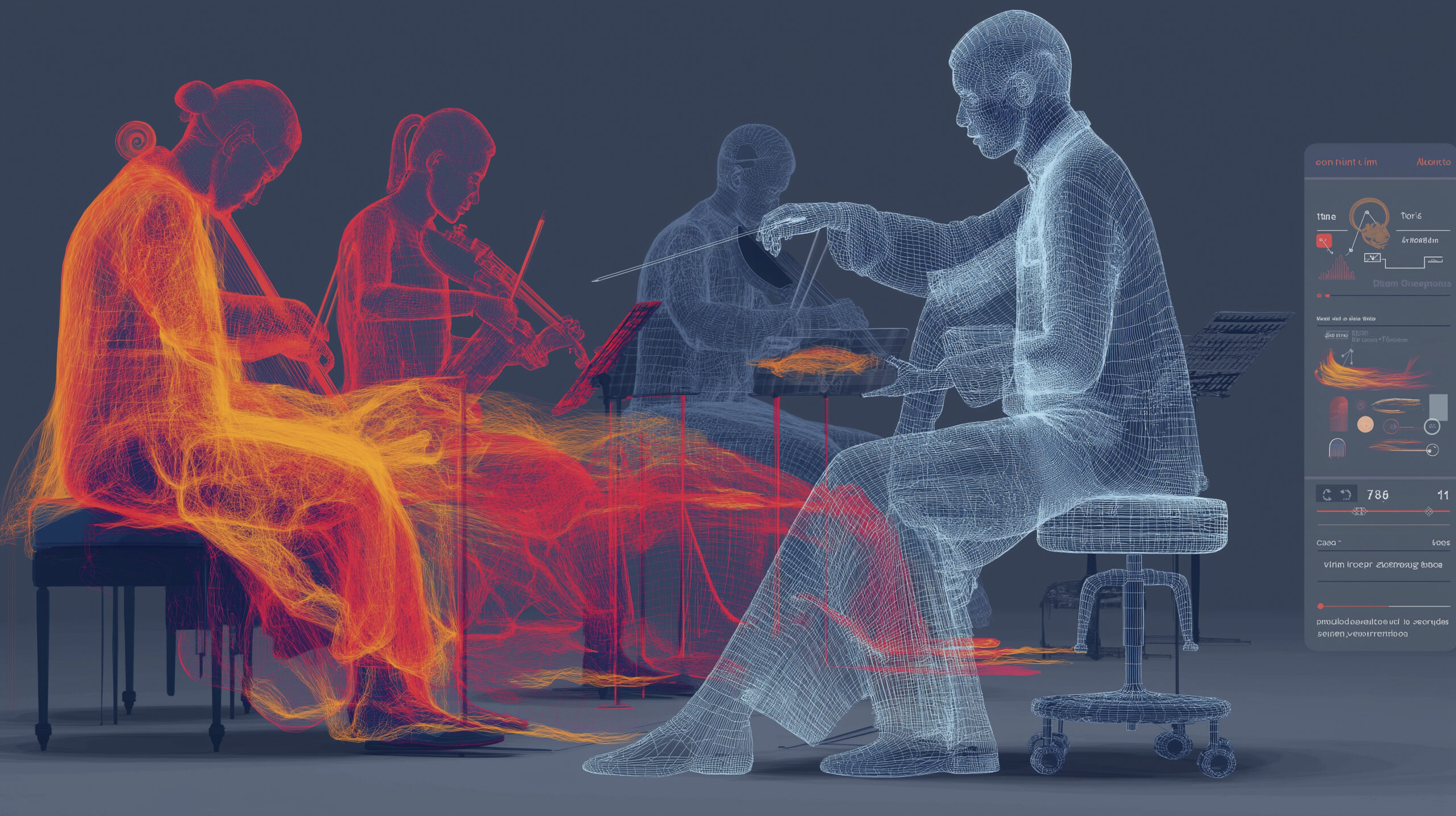How Facilitation Restores Flow When Teams Grow Slow
When companies start small, decisions happen fast, ideas flow freely, and people move instinctively toward shared goals. Yet as they grow, structure creeps in: layers of approval, endless meetings, and rituals that once brought alignment but now slow everything down.
Recently, I was reminded of how easily agility fades, and how facilitation can bring it back.
From Alignment to Overload
In one creative team I worked with, every Monday morning began with a “team alignment” meeting. The intention was good: to share progress, coordinate priorities, and build connection.
But over time, the session turned into a marathon of updates. Everyone shared what they were working on, step by step, often in excruciating detail.
The truth? Only one or two people found most updates relevant. The rest tuned out after 30 minutes, waiting their turn, feeling compelled to say something just to prove productivity.
The meeting, once meant to energize, became a slow ritual of compliance. Attention dropped, engagement faded, and alignment, ironically, decreased.
Designing for Flow
We redesigned the process — not by adding tools, but by changing habits.
We introduced a shared project board where everyone could track who was working on what.
In the new format, each person shared only one active project that had the biggest collective impact, mentioned who else might be involved, and briefly flagged one upcoming initiative.
No deep dives. If more detail was needed, those conversations happened separately.
To break hierarchy and habitual order, we also changed who spoke first — each week, someone new opened the session.
What changed?
- Meetings dropped from 90 minutes to under 30.
- Everyone felt heard.
- No one felt pressured to perform productivity.
- Accountability and attention replaced obligation.
It was a reminder: agility isn’t speed alone; it’s clarity, trust, and shared purpose.

Facilitation as the Bridge to Agility
What we practiced was, in essence, facilitation-driven agility, even if we weren’t fully aware of it at the time.
Instead of relying on top-down process redesign, we intuitively applied principles from LEGO® Serious Play, Design Thinking, and Agile Facilitation — methodologies I now master and consciously use to help teams co-create new systems of collaboration:
LEGO® Serious Play teaches that everyone holds a piece of the solution — the facilitator’s role is to make those pieces visible.
Design Thinking emphasizes empathy and iteration — we listened, prototyped, and refined the meeting just like a product.
Agile principles encouraged us to test, adapt, and learn continuously instead of waiting for the perfect structure.
The result wasn’t just faster meetings, it was a framework that nurtured autonomy and ownership without adding bureaucracy. We reclaimed speed through clarity, not control.
The Paradox of Growth
As organizations scale, they often mistake control for coordination. Each new process promises order, yet every added layer slows adaptation.
According to McKinsey, agility has become “a competitive imperative, not a luxury.” Similarly, Forbes calls this shift “The Great Flattening” — organizations removing unnecessary layers to regain responsiveness and flow.
The challenge isn’t to abandon structure, it’s to keep it light and human-centered. Facilitation helps rediscover that balance, turning meetings back into spaces of meaning, not maintenance.
A Closing Reflection
True agility doesn’t require tearing everything down.
It starts by asking one simple question:
“Where have we become too organized for our own good?”
Sometimes, the most powerful transformation isn’t a reorg, but a single, facilitated conversation that restores flow. If your team has grown slower than you’d like, facilitation can help reignite that shared sense of purpose and speed.
Explore how a Team Alignment Workshop or a Strategy Alignment & Innovation Bootcamp can bring clarity back into motion.
References
- Bersin, J. (2025, February). Busting bureaucracy: Theme of the coming decade. Josh Bersin.
- Forbes. (2025, January). The great flattening trend is picking up steam in 2025. Forbes.
- McKinsey & Company. (2024). The impact of agility: How to shape your organization to compete. McKinsey & Company.



